Dodge Station Wagons: Through the Years
From woodies to Magnums, this history of Dodge station wagons touches on some of the coolest, and forgettable, long-roofs Dodge has made over the years.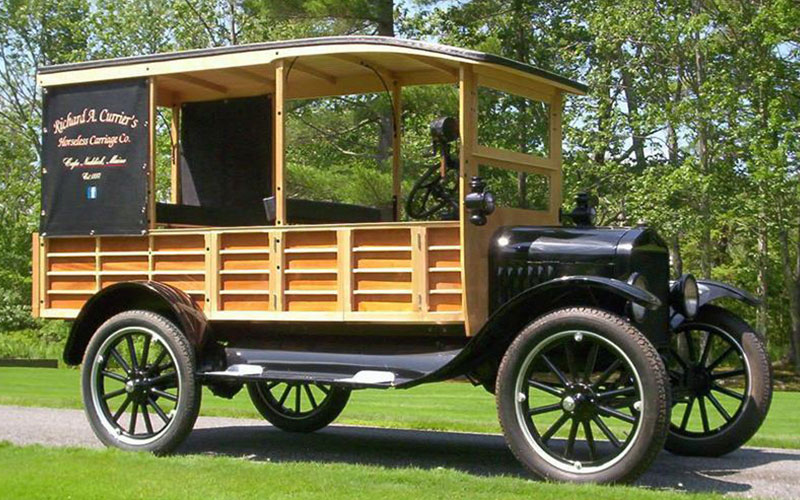
A History of Dodge Station Wagons
From wood-bodied “depot hacks” to the mighty Magnum, Dodge station wagons were a fixture on the American automotive landscape for 75 years. There is quite a bit of history here, from the brothers who founded the company to the ups and downs of the station wagon as a form of transportation, not to mention the memorable era of faux-wood appliques. All of which we’ll cover in this history of Dodge station wagons.
Dodge is an automotive brand known the world over, which is perhaps unsurprising as it has been a going concern for over 100 years. After a stretch of working as contractors for the likes of Ford, brothers John and Horace Dodge formed their eponymous company in 1914 and the rest, as they say, is history. A history you can learn more about here. Over the following decades, Dodge would go on to build cars, trucks, SUVs, and of course station wagons.
But before we dig into Dodge station wagons, a short background on the body style itself is in order. The term traces roots to depot hacks, which describes the hacks, or taxicabs, utilized at train depots to haul passengers and their luggage to and fro. Before World War II, these vehicles were favorites of hotels and wealthy estate owners to shuttle around guests. Over the years, the term depot hack transitioned to station wagon, but throughout the 1930s and 1940s, they were generally used for this more commercialized purpose. Be sure to read our History of the Station Wagon for more information.
The First Dodge Station Wagons
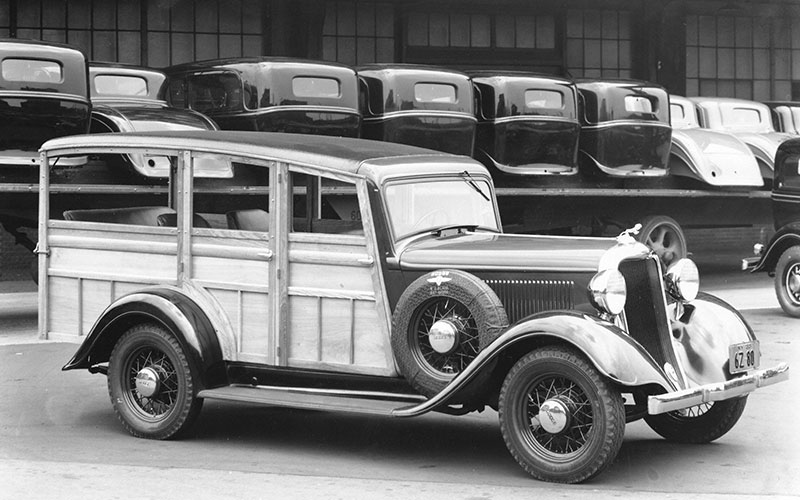
The first Dodge station wagons appeared on the scene with a 1933 HC Series being one of the earliest models. Unlike today, these wagons were built on a light-duty truck chassis by outside contractors, otherwise known as coachbuilders. Dodge worked with several of these external firms, like US Body and Forging, who in this case would purchase a ½ ton chassis with the cab up front and nothing out back. From there, their craftsmen built a custom wooden passenger compartment. Making wooden car bodies was cheaper than investing in steel stamping equipment at the time.
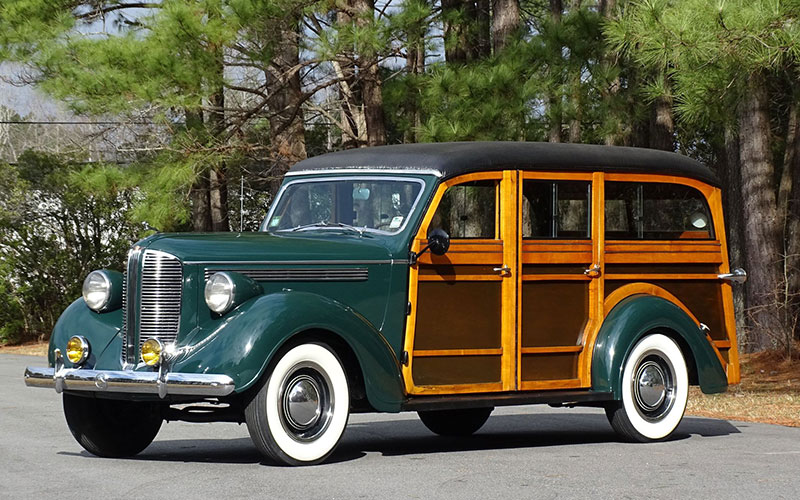
The first official Dodge station wagon, classified as a car instead of a truck, was the 1938 Westchester Suburban. As a sidebar, the Suburban name was used simultaneously by Chevrolet who would not trademark the designation until the 1980s. In the 1930s, “Suburban” was used interchangeably with “Carryall” and station wagon to describe these large people movers. With fewer than 400 ever built, the 8-passenger Westchester Suburban is one of the rarest classic “Woodies” ever made. Part of Dodge’s D8 series of vehicles, this stately wagon had three rows of seats and could be optioned with wide whitewall tires and a radio.
The Steel-Bodied Station Wagon
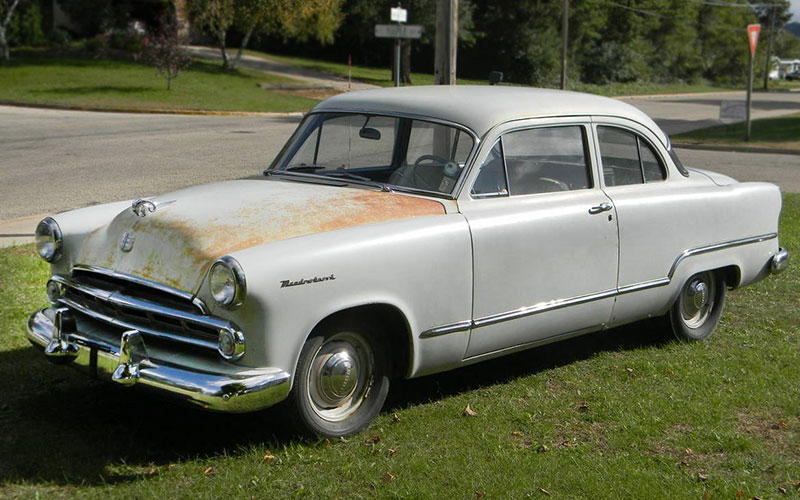
Throughout the 30s and 40s, Dodge station wagons were of this coach-built, wood-bodied style. However, by the early 1950s, these woodies were gone, replaced by the more practical steel body. Only produced for one model year, the 1953 Dodge Meadowbrook became the first of these steel-bodied barges. A big, full-size station wagon, the Meadowbrook was of the 2-door variety and kicked off what could be considered the heyday of Dodge station wagons. As this body style expanded throughout the 50s and 60s, consumers would find a host of sub-styles including 2- and 4-door wagons as well as 4-door hardtops, a slick look noteworthy for its lack of a B-pillar.
For 1958, Dodge’s full-size vehicle lineup came in base Coronet trim, mid-pack Royal, or top-tier Custom Royal spec. Amongst other body styles, the Coronet trim was offered as 2-door wagon, dubbed the Suburban, but there were also 4-door models with and without the B-pillar in Royal and Custom Royal getup. V8 motors started to become more common in these big three-row wagons and by 1964, Dodge was in peak station wagon form.
Dodge Station Wagons of the 1960s

By 1964 there were three distinct Dodge station wagons to choose from. Measuring 15.8 feet in length was the entry-level compact Dart wagon with a slant-6 engine, 4-on-the-floor manual transmission, and two rows of seating. The full-size version was named simply the Dodge station wagon. It stretched to 17.5 feet in length, offered a V8 under the huge front hood and three rows of seating. The third row could be had facing front or rear, the latter of which was a memorable feature for the scores of American youngsters who grew up being toted about in the family wagon.
Atop the 1964 Dodge station wagon totem pole was the aptly named Big 880. While the two smaller wagons only came in traditional 4-door style, the Big 880 was available in hardtop guise, meaning no B-pillar. This behemoth was just over 18 feet long and came standard with a thumping 5.9L V8 that made 265 horsepower and 380 lb-ft of torque. There was even an optional 6.2L big-block powertrain. Effectively muscle cars with cargo-hauling capability – the Big 880 could swallow 92 cubic feet of stuff – these V8-powered slick tops were living on borrowed time. The double whammy fuel crisis and federal emissions regulatory environment of the 1970s that killed of the American muscle car did the same to the full-size Dodge station wagon.

In 1972, Dodge was still selling big station wagons like the 18.5-foot-long Polara however, at the same time the automaker was bringing in Mitsubishi-built wagons and rebranding them as Dodge Colts. Far smaller and less potent than their big-block forebears, the Colt was Dodge’s response to competition like the AMC Gremlin and Ford Vega. It was still a rear-wheel-drive station wagon, but was four feet shorter than the big Polara and had half the cylinder count, making just 100 horsepower from its 1.6L four-pot.
Wood Panel Dodge Station Wagons of the 1970s and 1980s
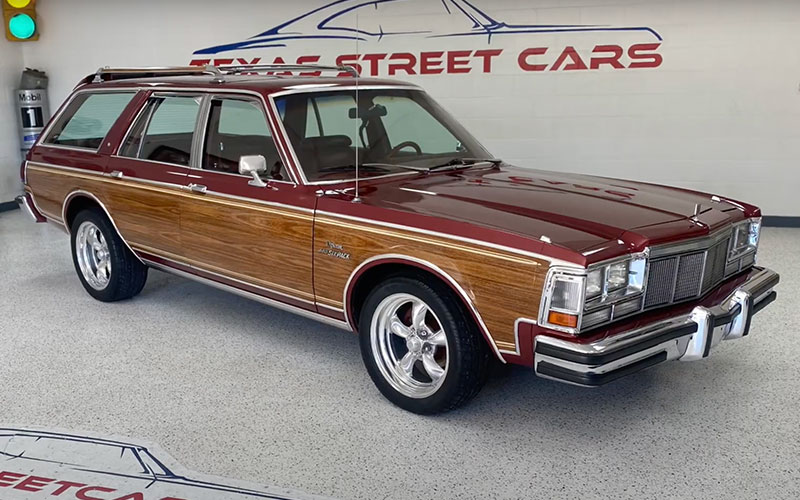
Another notable, and perhaps forgettable, chapter in automotive history was ushered in at this point – fake wood. The application of pretend wood panels to the sides of everything from station wagons to Wagoneers was a phenomenon that saw use across a wide range of automakers in the 1970s and 1980s. Looking at it today, you can’t help but wonder if Dodge was trying to kill the station wagon. As far as attempts to relive the glory days go, this desperate effort to channel effortlessly cool real woodies from back in the day was an epic failure. Don’t miss our list of the Best Real and Fake Woodies or more on this head-scratching design move.
By 1978, the full-size Dodge station wagon was toast, though the Detroit automaker was still making a mid-size Diplomat wagon that came with a sweet slab of “Teakwood-grain” applique slathered on the body. There also followed the famous K-car, a storied line of automobiles that spawned variants like the Aries station wagon. However, none of these were on par with the early woodies or thundering giants of the 60s and 70s. In fact, Dodge was even using the term wagon on their cargo vans, described as the “Mini Ram Wagon” in period literature. It was a grim time for the Dodge station wagon and would remain that way for some 25 years until the mighty Magnum arrived.
Dodge Magnum: The Station Wagon with Attitude
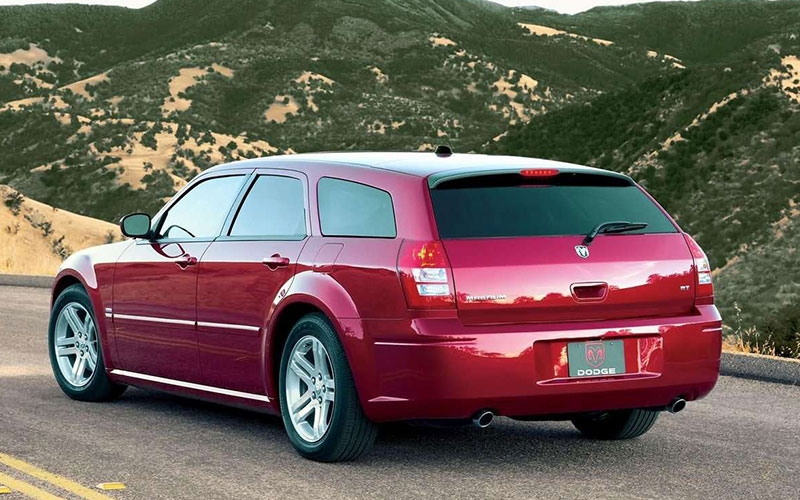
A story all by itself, one you can read up on here, the Dodge Magnum was an amazing effort on the part of Dodge to revive their station wagon legacy that unfortunately fell flat. Arriving in 2005, the Dodge Charger-based Magnum was a true full-sizer measuring 18 feet in length.
Out of the gate, the Magnum was offered in base SE trim with a 190-horse 2.7L V6 or an SXT model with a 3.5L V6 turned up to 250 horsepower with 17-inch wheels and the option for AWD. That first year, there was only one V8-powered Magnum offered, the RT model with a 5.7L HEMI V8 making a healthy 340-hp and 390 lb-ft of torque. Looking good with 18-inch wheels and dual stainless-steel exhaust, these big Dodge station wagons were legit quick.
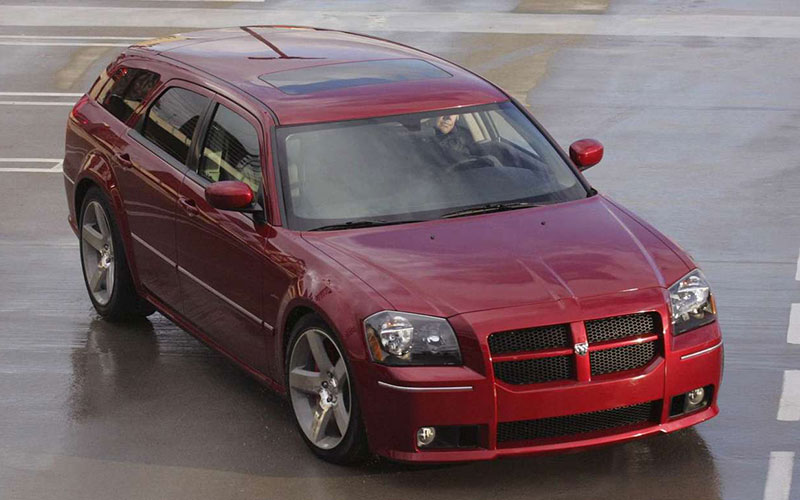
The following year, 2006, Dodge would go further and offer one of the baddest American station wagons of all time. The Magnum SRT8. Sitting on big blocky 20-inch rims and powered by a massive 6.1L HEMI V8, these sleds were rated at 425 horsepower, featured Brembo brakes, and an aggressive body kit. And yet, it still wasn’t enough as only 2,970 were made in 2006 and fewer than 1,000 in 2007. By 2009, the Magnum was gone and with it, the Dodge station wagon. A shame no doubt, but for those in the market for modern American muscle in station wagon form, be sure to check out the oft-overlooked Dodge Magnum.


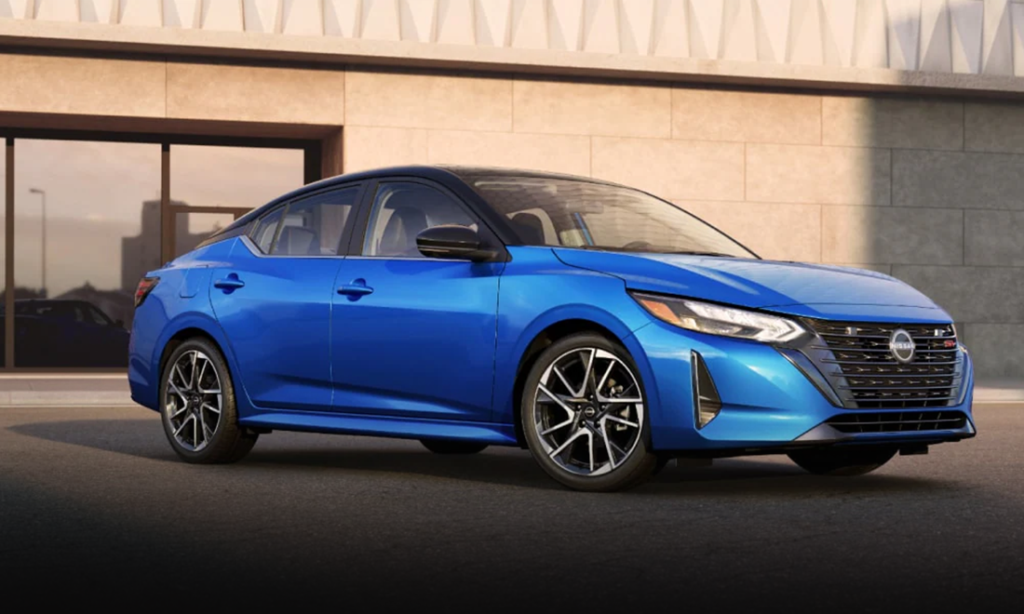
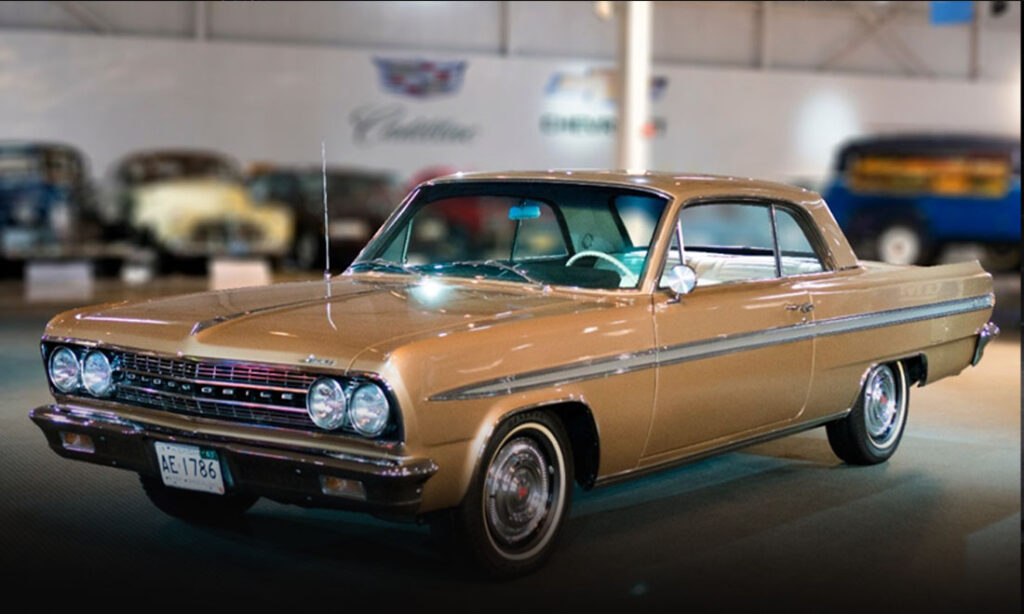

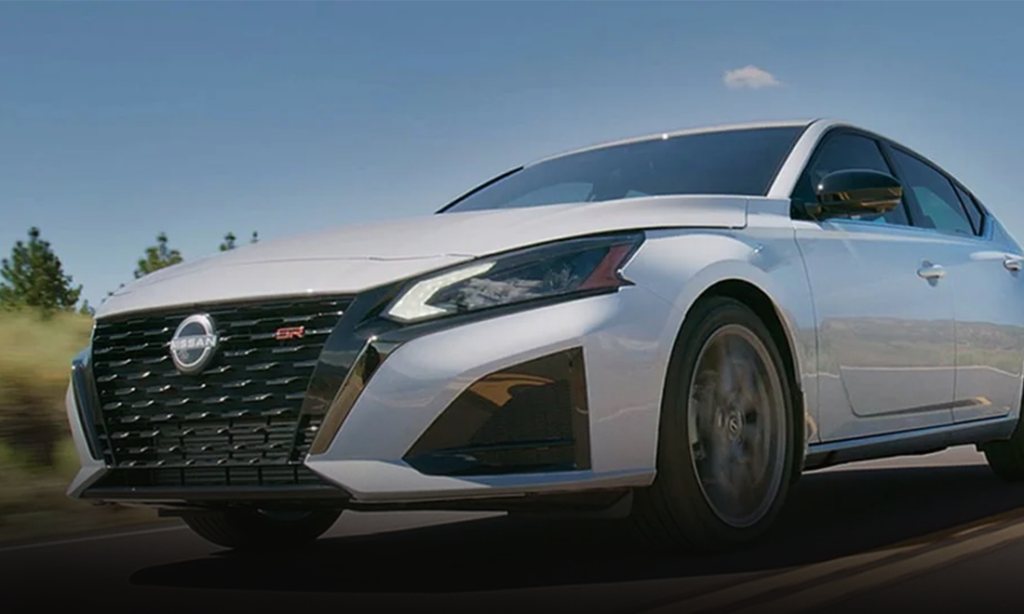
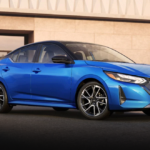

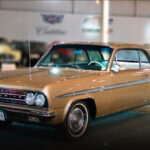

ThaNK you very much! Great Information!
Barry
I have a 1924 Dodge Brothers Station Wagon although is was call a Suburban Body at the time, It is not a Depot hack it is a Station Wagon